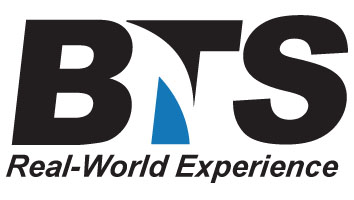| Hands-On Column/Pole Climbing Rescue |
 |
1. Rules & Regulations
a. OSHA
b. ANSI
c. AHJ
2. Safety Equipment
a. Hard Hat
b. Safety glasses
c. Gloves
d. Work Boots
e. Class III Harness
f. Snap hook/carabineer
i. Proper fit
ii. Inspection
iii. Maintenance/cleaning
iv. Replacement
v. Proper us
3. Climbing equipment specific to column/pole
a. Column climber
i. “snow shoes” for climbing I-beam
ii. Slot in shoe for beam contact
b. Column claw
i. Anchor for fall arrest
ii. Travels vertical with the climber\
iii. Arrest fall within 2’
c. “Cyclic” fall restraint
d. “High step”
i. Skate like
ii. Fall restraint with feet
iii. Fall arrest with chest anchor
e. “First Man Up”
i. Makes anchor attachment from lower level
ii. Adjustable size
iii. Portable, can be used from any height
4. Anchorage
a. “What are you attaching to?”
i. Photo
ii. Video
b. Proper attachment
c. Strength/rating of anchor
d. Strength/rating of anchor device
5. Climbing Techniques
a. Fall restraint
i. Cyclic
ii. Grillon lanyard
b. Fall arrest
i. First man up kit
ii. Pre-installed anchor point/system
6. Knots-applicable to this topic
a. Figure 8 on bite
i. Termination knot
ii. Can be tied inline
b. Bowline
i. Termination knot
c. Muenster hitch
i. Self-rescue
ii. Belay device
d. Prusik
i. Progress capture
ii. Soft ascender
iii. Safety catch
e. Butterfly
i. Multiple direction of pull
ii. Termination knot
iii. Tied in line
7. Descent device
a. Petzl ID’L
b. Rollgliss no-worries double stop
c. ISC D-5
8. Suspension trauma
a. Definition
b. Avoidance
c. Mitigation
9. Rescue
a. Situation
i. Trauma
ii. Medical
iii. Environmental
b. Rescue plan
i. Available resources
ii. Available equipment
iii. Rescue trained employees on site
iv. Proximity to medical care
v. Proximity to rescue team(s)
vi. Skill of rescue team
vii. Emergency reporting
c. Rescue technique
i. Establish a high anchor
ii. Climb to the victim
iii. Address suspension trauma
iv. Address immediate medical care
v. Secure rescue system to anchor
vi. Secure victim to rescue system
vii. Remove victim from fall arrest system
viii. Lower victim to the ground
ix. Continue with medical care
1. readdress life threatening injuries
2. address non-life threatening injuries
3. report event to AHJ
10. Site Safety Plan
a. Job hazard analysis
b. Equipment check list
c. Emergency rescue plan